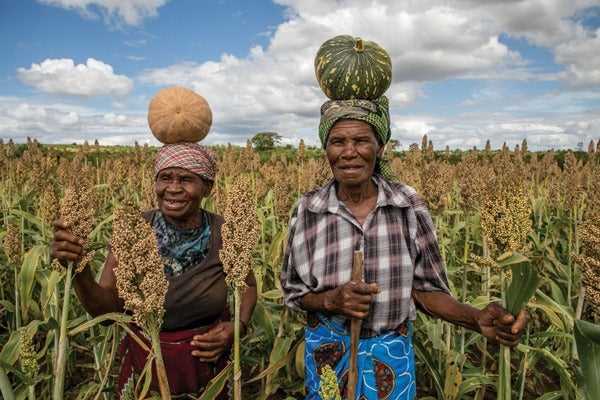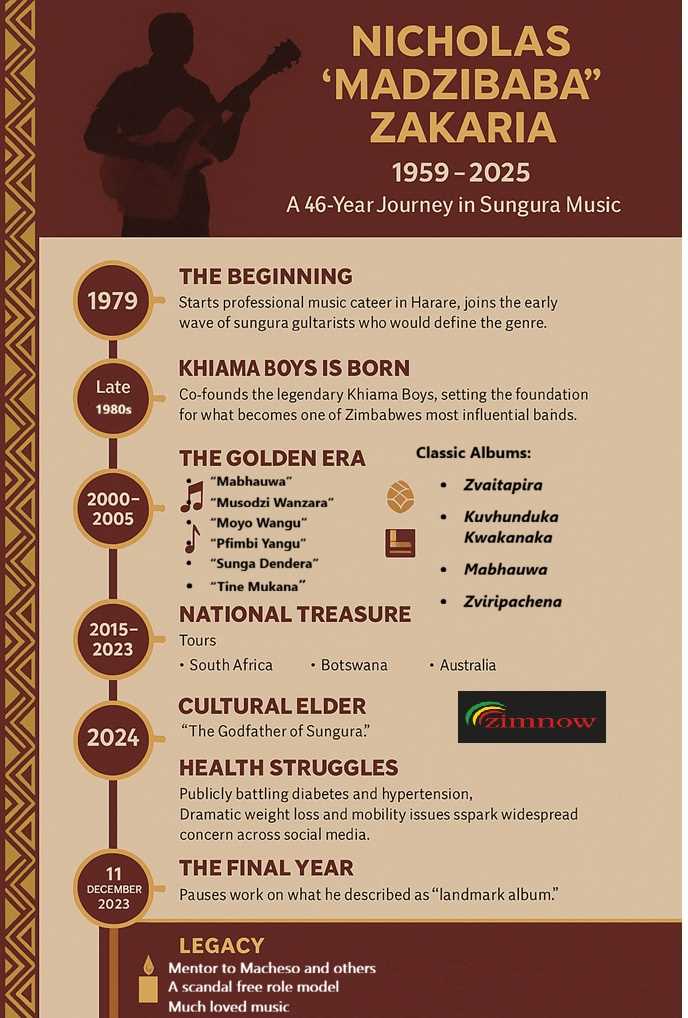
Zim Now Writer
As rains become more erratic, the switch from maize to drought resistant small grains such as sorghum and millet in drought-prone areas of Zimbabwe has become more realistic as farmers weigh the pros and cons.
The frequent droughts and erratic rainfall are to blame for poor harvests and chronic food insecurity, according to experts and this has resulted in government having to import maize, which is the country’s staple, for several years.
The country has not been able to produce enough to feed its population of 15 million people.
Although government has tried to wean Zimbabweans off maize in arid parts of the country, encouraging them instead to grow traditional small grains, it has not been easy as producing small grains is more labour intensive.
Maize was introduced into the country around the 16th century, and Africans embraced it because it was easy to grow and could also be eaten on the cob before being harvested.
The small grain crops they had been used to all along, on the other hand, attract pests, mainly birds, implying that someone has to guard the fields against them.
They also require more processing, including threshing, a process which often gets sand in the grain, making it unattractive to eat.
With the advent of diesel-powered threshers, the chore has become less labour-intensive, making it more manageable to produce clean grain.
Zvanyadza Karima, a farmer from Mudzi, owns one, which he uses it to thresh his own grain — and his neighbours’— for a fee.
Related Stories
“Using the thresher, we do not deal with bits of stone or sticks or sand; it is now clean,” he said.
Karima also said guarding the fields against quelea birds that can quickly destroy a whole field is now a shared community activity.
Although the switch is difficult, more farmers are turning to drought-tolerant small grains for their proven nutritional value with Unicef nutritionist, Mara Nyawo dispelling the myth that maize was superior in terms of nutrition.
“They are higher in fibre, and the B vitamin, are good for immunity, and reduce the risk of chronic diseases like diabetes, heart disease, and high blood pressure,” she said, adding that small grains also reduce the risk of obesity, a growing issue in Zimbabwe.
The costs of maize is another reason why people have been hesitant to switch with a kilogramme of maize meal retailing at about $0.70 while sorghum and millet sell at $2.40 and $3.90 respectively.
Their prohibitive cost compared to maize, puts them beyond the reach of the not-so-well-off but the prices may come down if more farmers grow the small grains.
As a result, the ministry of Agriculture has been encouraging the uptake of small grains with a programme that encourages farmers to sell their small grains and buy maize at Grain Marketing Board depots across the country, according to Vangelis Haritatos, the ministry’s deputy minister.
The government has been working to persuade more farmers in drought-prone areas to grow small grains with incentivesand this year, a programme targeting about 3 million households is changing the contents of its free seed packs.
“Because of climate change, farmers in those (vulnerable) areas will get traditional grains that do very well in those areas,” explained Stancilae Tapererwa, a senior Agriculture Ministry official.
“So, we will take that burden away so that farmers can be confident that even though I have grown traditional grains, I can still get the bag of maize.”
With these efforts, attitudes toward growing and consuming small grains are slowly changing in Zimbabwe. These types of grains now appear on menus at most upmarket restaurants and they’re available at the supermarket alongside other so-called healthy foods.

















Leave Comments